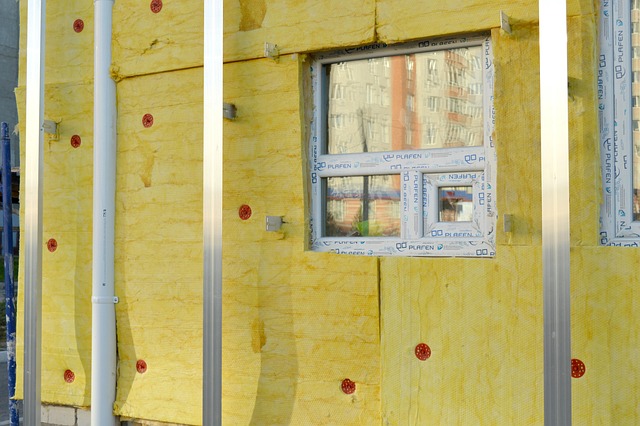The world of audio technology is continuously evolving, with innovations that not only enhance sound quality but also transform the way we experience visual media. One of the most groundbreaking developments in this realm is the advent of acoustic modeling, which is revolutionizing the interaction between sound and visual display technology.
Imagine settling down for an evening of binge-watching your favorite series. You adjust your new high-definition TV, the screen flickering to life. But as the plot thickens, you find yourself disappointed by the audio quality. That’s where acoustic modeling steps in, elevating your viewing experience by creating a more immersive sound environment that complements those stunning visuals.
At its core, acoustic modeling is about simulating the way sound behaves in different environments. It takes into account factors like the shape of the room, the placement of furniture, and even the materials used in construction. This technology enables high-end TVs and monitors to produce sound that doesn’t just exist independently but rather syncs seamlessly with what’s being displayed. The result is a fascinating blend of audio and visual elements that captures viewers’ attention like never before.
As display technology has advanced, particularly with the rise of OLED and 4K Ultra HD screens, the importance of accompanying high-quality sound has become clearer. An excellent visual experience demands an equally impressive audio backdrop. Here, acoustic modeling showcases its potential by facilitating sound systems that react intelligently to their surroundings, adjusting dynamically to enhance clarity and depth.
Furthermore, with the integration of smart technologies within TVs, acoustic modeling extends beyond traditional setups. Imagine your monitor automatically tuning itself based on the content you’re watching, or even the ambient noise in the room. This is the promise of a future where the lines between audio and visual experiences blur, creating a holistic entertainment experience.
The fusion of acoustic modeling with advanced display technology not only impacts our viewing habits but also influences the design of audio products. Manufacturers are now taking into consideration how sound interacts with visual elements when creating speakers, soundbars, and home theater systems. This collaborative approach is leading to products that are not just functional, but also aesthetically pleasing and designed for optimal performance in modern living spaces.
The shift towards incorporating acoustic modeling into display technology is more than just a trend—it’s a necessity in an age where content consumption is at an all-time high. Whether you’re a gamer immersed in a virtual landscape or a film lover looking to recreate the cinema experience at home, the integration of sound and visuals through acoustic modeling paves the way for a richer, more engaging interaction with media.
The future of audio technology is undoubtedly bright, with acoustic modeling playing a pivotal role in optimizing how we experience both sound and sight. As we continue to explore this innovative field, we can only anticipate even more advancements that promise to transform our relationship with technology, making our everyday entertainment feel that much more lifelike.



